TG-Plus
₨2100
We empower, you deliver
- Improves sperm motility and erectile function
- Improves sexual pleasure and stamina.
- Increases blood flow to the genital areas.
- Supports and increases egg health, helps to balance hormones.
- Enhance sexual pleasure and performance
- Description
- Reviews (5)
Description
DESCRIPTION:
TG-PLUS tablet contains a unique blend of Tribulus Terrestris, Ginkgo Biloba & Ginseng extract along with Vitamin E, Zinc & Selenium.
COMPOSITION:
Each TG-PLUS tablet contains:
Tribulus Terrestris Extract (M.S.) 300mg
Zinc as Zinc Sulphate (B.P) 15mg
Vitamin E (B.P) 301U Selenium as Sodium Selenite (B.P) 33mcg
Product Conforms to Natural Origin.
INDICATIONS:
TG-PLUS is indicated in the symptomatic treatment of the following diseases:
• Painful urination a kidney disorder called Bright’s disease.
• For male sexual problems.
• Erectile dysfunction (ED).
• Spermatorrhea (involuntary release of semen without orgasm)
• To increase sexual desire.
• For heart and circulatory system problems, including chest pain, high blood pressure.
• For physical fitness & enhanced stamina.
CONTRAINDICATIONS:
TG-PLUS is contraindicated in cases of hypersensitivity or allergy to the plant.
CLINICAL PHARMACOLOGY:
TG-PLUS contains tribulus terrestris, which has protodioscin; It enhances the relaxant effect of penile tissues to increase the nitric oxide from the endothelium & nitrergic nerve endings, which may claim its aphrodisiac activity. TG-PLUS dilates the coronary artery and improves coronary circulation, vasodilator effect of aqueous extracts of Tribulus Terrestris involves hyperpolarization of the membrane in addition to releasing NO from the vascular endothelium, and thus is more effective in treatment of myocardial ischaemia. TG-PLUS contains extract of Ginseng that facilitates the release of acetylcholine from hippocampal slices. The increase in acetylcholine release was associated with an increased uptake of choline into nerve endings meanwhile calcium influx was unaltered. Thus, the ability of ginsenoside Rb1 to prevent memory deficits is related to facilitation of acetylcholine metabolism in the central nervous system. Ginsenoside Rb1 increases the expression of choline acetyltransferase and trk mRNAs in the basal forebrain and nerve growth factor mRNA in the hippocampus. Spermatogenesis is a complicated process, covering proliferation of the spermatogonia, long-lasting process of the tissue meiosis and numerous changes in the spermatids during their preformation. The effect on the sexual cells can occur during the reproductive period-mitotic division of the spermatogonia or during the maturation of the spermatozoa. The effect on protodioscin on mitosis and maturation of the gonocytes has been studied using quantitative cytological methods. After oral administration of protodioscin in a single daily dose of 70 mg/kg body mass for 20 days, the testes of 8 rats were fixed in neutral formol-calcium and in Serra’s solution, and later embedded in paraffin. The testes of 8 untreated animals were used as the control. The histological preparations from the testes were stained with hematoxylin (after Mayer) and fast-green (after Yordanov, 1976). Spermatogonia, spermatocytes and spermatids of 40 cross-sections through the seminiferous tubules were counted for each animal from both experimental and control groups (a total of 640), with identical diameter of the tubules (determined by eyepiece micrometer) in phase VII, according to the classification of Leblond and Clermon (1952). Using light microscopy, the thickening of the layer of the spermatogenesis cells was observed in the cross-sections of the seminiferous tubules and a narrowing of their lumen in the treated animals. That resulted from the increased number of rows of sexual cells. The number of spermatogonia in the 8 experimental animals (i.e. in 320 sections of the seminiferous tubules) was 58 spermatogonia on the average per seminiferous tubule (between 48 and 63). The number of spermatogonia in one seminiferous tubule in the control animals was 36 (between 36 and 40 spermatogonia per tubule). The mean number of spermatocytes in a seminiferous tubule was identical to that of the spermatogonia. The number of spermatids in phase VII varied from 148 to 180 per seminiferous tubule in the treated animals (mean value 176). Their number in the control animals was between 112 and 125 (mean 119). The preparation significantly increased the number of spermatogonia, spermatocytes and spermatids in the testes of rats, with no other effect on the diameter of the seminiferous tubules.
Effect on DNAsynthesis in gonocytes
The preparation’s effect on DNA synthesis in the sexual cells has been studied by cytohistoradiography. The testes of rats treated with protodioscin (for 7 days) and with 3H-thymidine (every second day), and later with colchicine (3 hours prior to decapitation), were fixed in Serra’s solution and embedded in paraffin. The sections were covered with Ilford liquid emulsion and left to stay for 25 days. A higher number of 3H-thymidine-labelled spermatogonia type “A” and “B” was found in the treated rats compared to the control animals.
The percentage of 3H-thymidine-labelled spermatogonia vs. total number
The mean number of spermatogonia per section from the seminiferous tubules was 56 in the treated animals, 41 of them labeled with radioisotopes. These numbers were 50 and 18 respectively, in the control animals. The increased number of spermatogonia, with 3H-thymidine included for the treated animals, suggested an intensified DNA synthesis under the effect of protodioscin, as well as an increased number of spermatogonia during the phase V of the cell cycle.
Effect on Leydig and Sertoli cells in the testes
It is well known that Leydig and Sertoli cells participate in the process of spermatogenesis. Quantitative cytological methods were used for the evaluation of the effect of the protodioscin on these cells. The results show that the number of Sertoli cells was increased in the seminiferous tubules of protodioscin-treated animals, compared to the controls.
Effect on concentration, motility and survival of spermatozoa
The concentration, motility and viability of spermatozoa in the epididymis of rats treated for 30 days with protodioscin were studied immediately after decapitation. Sodium citrate was used as diluent. The mean spermatozoa number per ml was higher by two million in the treated animals, compared to the controls. The number of motile spermatozoa under the microscope was 8% higher in the treated animals. Furthermore, their spermatozoa were more viable. The loss of their advancing movements could be observed on the 75th minute, on the average, and in the control animal group – by the 45th minute.
Effect on the sexual libido
The effect of protodioscin on the sexual behavior was studied on male pigs with confirmed lasting impotence. The preparation was administered orally and its effect on the sexual behavior and reflexes were followed up daily. Individual animal reaction to the preparation was also observed. The libido and sexual reflexes were restored in 71% of the animals with complete absence of libido, treated with a daily dose of 70 mg/kg for 10 days. In the animals with poor libido and long reflex period of sexual reflexes, recovery was recorded in 100% of the cases.
Studies on serum concentration of the hormones from the hypophyseal-gonadal axis
The experiments were carried out on healthy subjects (8 males and 8 females), aged between 28 and 45 years (Milanov et al., 1981). The preparation was administered orally in a dose of one tablet, three times daily at 8-hour intervals for 5 days. The basal hormonal levels were determined before and after the intake of the protodioscin (at 8:00 am and at noon). The concentrations of the luteinizing (LH) and follicle-stimulating (FSH) hormones were determined by kits provided by Biodata (Italy). Serum testosterone was determined by the method of R.H.Williams (1967), serum estradiol – by the method of C.P.Orezyk (1974), using kits provided by the Sorin (Belgium). The results reveal that the drug elevated the level of the luteinizing hormone and testosterone in the orally treated healthy males, not affecting FSH.In the females, the concentration of FSH and estradiol were increased under the effect of protodioscin, whereas the testosterone concentration was not significantly changed (Fig. 7B). The results show that the preparation has an effect on the hormones from the hypophyseal-gonadal axis, while at the same time not disturbing the hormonal balance in the body, thus enabling its administration as an agent stimulating the reproductive function.
The effect on the cardiovascular system
The effect of the drug on the blood pressure values of cats under urethan narcosis was studied by the method of Ludwig Zyon (S. Vankov, 1981). The drug was injected intramuscularly and intraperitoneally as 10% aqueous solution. The intramuscular application of the drug in doses of 50, 100 and 150 mg/kg body mass had no significant effect on the blood pressure of the euthanized cats. A significant hypotensive effect was observed with the intraperitoneal application of the drug in a dose of 150 mg/kg body weight, advancing from the 5th to the 10th minute after application. The values of the arterial pressure decreased by 20% compared to the initial ones. The oral administration of protodioscin in a dose of 150 mg/kg on awake dogs had no effect on the blood pressure. The oral administration in doses of 50, 100 and 150 mg/kg body mass had no effect on the autonomic nervous system of the euthanized cats.
Effect on the central nervous system
The screening system for neuro-pharmacological tests (R.Nikolov, 1980) were used in the studies. The following parameters of the treated animals were observed during the first stage of the screening: awareness, mood, motor activity, muscle tone and somatic reflexes. The second stage of the screening covered the administration of many substances with an effect on the central nervous system, e.g. corazol, strychnine, nicotine, arecoline, phenamine, sodium hexobarbital, reserpine. The drug was applied intraperiotoneally to albino mics, H line, with a body mass of 18 – 22 g. With a dose of 100 mg/kg body mass (1/4 of LD50), the drug had no effect on the behavior of the contact animals in the cage. During observations out of the cage, the animals became more excited, with enhanced reactivity. Their muscle tone was simultaneously reduced. In that dose, the drug inhibited moderately the corazol-induced convulsions, but other reflexes were suppressed. The maximum tolerance dose – 300 mg/kg body mass – led to reduction of the motor activity, slight disturbance of gait and lower muscle tone of the limbs and stomach. The mean number of Sertoli cells in a section of the seminiferous tubule in the treated animals was 29 versus 19.50 in the controls (increase by 40%). The cytological studies of the testes showed no differences in the number of Leydig cells between the experimental and control animals.
Pharmacokinetics
The experiments were carried out on albino, Wistar rats (180 – 200 g body mass) in 1981 by N. Dikova and V.Ognianova. The unchanged protodioscin in plasma, bile and urine was measured by thin-layer chromatography. Semi-quantitative measures were recorded and standardized by the precisely determined protodioscin concentrations. To determine the concentration of plasma protedioscin, the animals were intravenously injected with single doses of 50 and 200 mg/kg body mass. Citrate blood was withdrawn 2, 4, 10, 20, 30, 45, 60, 90, 120 and 180 minutes after injection. To determine protodioscin excretion in the bile the animals were treated intravenously and orally with single doses of 50 and 200mg/kg.
The bile was dynamically collected: up to 6th hour, from 6th to 9th hour, from 9th to 24th hour after each application. Twenty-four-hour urine was collected. The results show that protodioscin was rapidly eliminated from the plasma and its concentrations were insignificant after 180th minute. About 12% to 14% protodioscin were excreted in the bile and about 6% – 7 % in the urine within 24 hours after the intravenous administration of the doses of 50 mg/kg and 200 mg/kg. Protodioscin from 2% to 4% were excreted with the bile after oral administration. No measurable concentration of unchanged protodioscin was found in 24-hour urine after oral administration.
DOSAGE AND ADMINISTRATION:
Use 1-2 tablets, 1-2 times daily. The appropriate dose of TG-PLUS depends on several factors such as the user’s age, health, and several other conditions. At this time there is not enough scientific information to determine an appropriate range of doses for TG-PLUS. Keep in mind that natural products are not always necessarily safe and dosages is important. Be sure to follow relevant directions on product labels and consult your pharmacist, physician or other healthcare professional before usage.
OVERDOSE:
Acute toxicity
The acute toxicity of protodioscin was studied after intraperitoneal and oral application to albino mice, H line (18 – 20 mg body mass) and albino rats (160 – 180 g body mass). LD50 was also studied. It was concluded that the product can be included in the group of practically non-toxic substances. LD50 was 1942 mg/kg body mass with intraperitoneal application to mice and over 10,000 mg/kg body mass – with oral administration. The mean lethal dose of protodioscin with intraperitoneal application to rats was 750 (375 +/- 1,500) mg body mass, and after oral administration – over 10,000 mg/kg.
Subacute toxicity
The protodioscin was administered orally to albino Wistar rats for 30 and 90 days in the following doses: 75 mg/kg, 150 mg/kg, 225 mg/kg and 300 mg/kg body mass. No increased lethality was observed, nor a change in the behavior of the animals. No significant changes were observed in the routine clinical-laboratory and biochemical indices, nor morphological changes in the internal organs.
Chronic toxicity
Protodioscin was administered orally to albino rats for 6 months in doses of 75 mg/kg and 150 mg/kg body mass, as well as in 75 mg/kg body mass for 180 days to beagle dogs. The following toxic symptoms were looked for: changes in behavior, changes in the hematological, biochemical, functional and morphological parameters. No significant changes were found both in the behavior and in the reflexes of the animals. No increased lethality was observed. No pathological deviations from the physiological values were found in all hematological and clinical-chemical indices studied. No pathological changes in the structure of the internal organs, related to the toxic effect of the preparation, were detected.
Teratological and embryotoxic studies were simultaneously performed, as well as some experiments to follow the pre- and postnatal development (Z.llieva, 1980). No teratogenic and embryotoxic action, nor deleterious effect on the development of the first generation after its littering, were found after the oral administration of the product in a dose of 750 mg/kg body mass to pregnant Wistar rats. Studies were carried out to exclude the possible carcinogenic potential of protodioscin during a long-term treatment of rats (Gendzhev, 1981). Increased incidence of neoplasms compared to the control animals was not observed with daily doses of 50 and 150 mg/kg body weight, administered orally for 23 months. No toxic damage was found morphologically in the rat organs.
WARNINGS:
TG-PLUS along with diabetes medications might cause your blood sugar to go too low. Monitor your blood sugar closely. The dose of your diabetes medication might need to be changed. Taking TG-PLUS might decrease how well the body gets rid of lithium. Your lithium dose might need to be changed. Lithium interacts with TG-PLUS.
TG-PLUS might have an effect like a water pill or “diuretic.” Taking TG-PLUS might decrease how well the body gets rid of lithium. This could increase how much lithium is in the body and result in serious side effects. Talk with your healthcare provider before using this product if you are taking lithium. Your lithium dose might need to be changed.
Due to the possibility of phototoxic reactions, patients using TG-PLUS should avoid excessive exposure to sunlight and use a sunscreen with a high sun protection factor (> 30) while taking the crude.
SIDE EFFECTS:
TG-PLUS supplements are POSSIBLY SAFE for most people when taken by mouth for a short period of time. They have been used safely in research studies lasting up to 8 weeks. The long-term safety of TG-PLUS is unknown.
Special Precautions:
Pregnancy and breast-feeding: Taking TG-PLUS during pregnancy is POSSIBLY UNSAFE. Animal research suggests TG-PLUS might harm fetal development. Not enough is known about the safety of using TG-PLUS during breast-feeding. It’s best not to use TG-PLUS if you are pregnant or nursing.
Prostate problems or prostate cancer: There is a concern that TG-PLUS might make prostate conditions such as benign prostate hypertrophy (BPH) or prostate cancer worse. Developing research suggests that TG-PLUS can increase prostate weight.
Surgery: TG-PLUS might affect blood sugar levels. This might interfere with blood sugar control during and after surgery. Stop using TG-PLUS at least 2 weeks before a scheduled surgery
PRESENTATION:
TG-PLUS tablet is available in blister pack of 30 tablets.


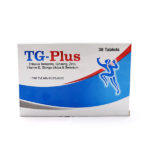
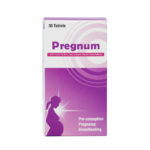

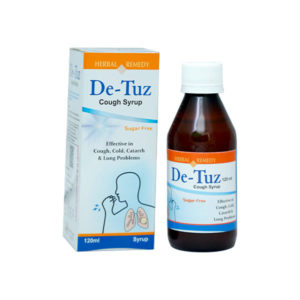

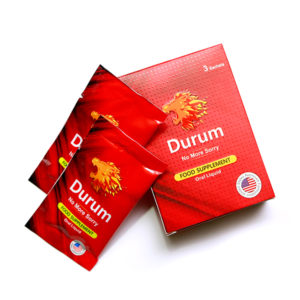
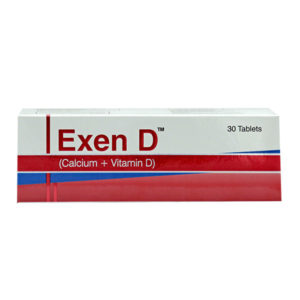

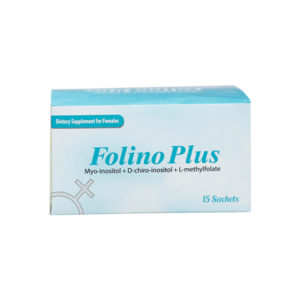
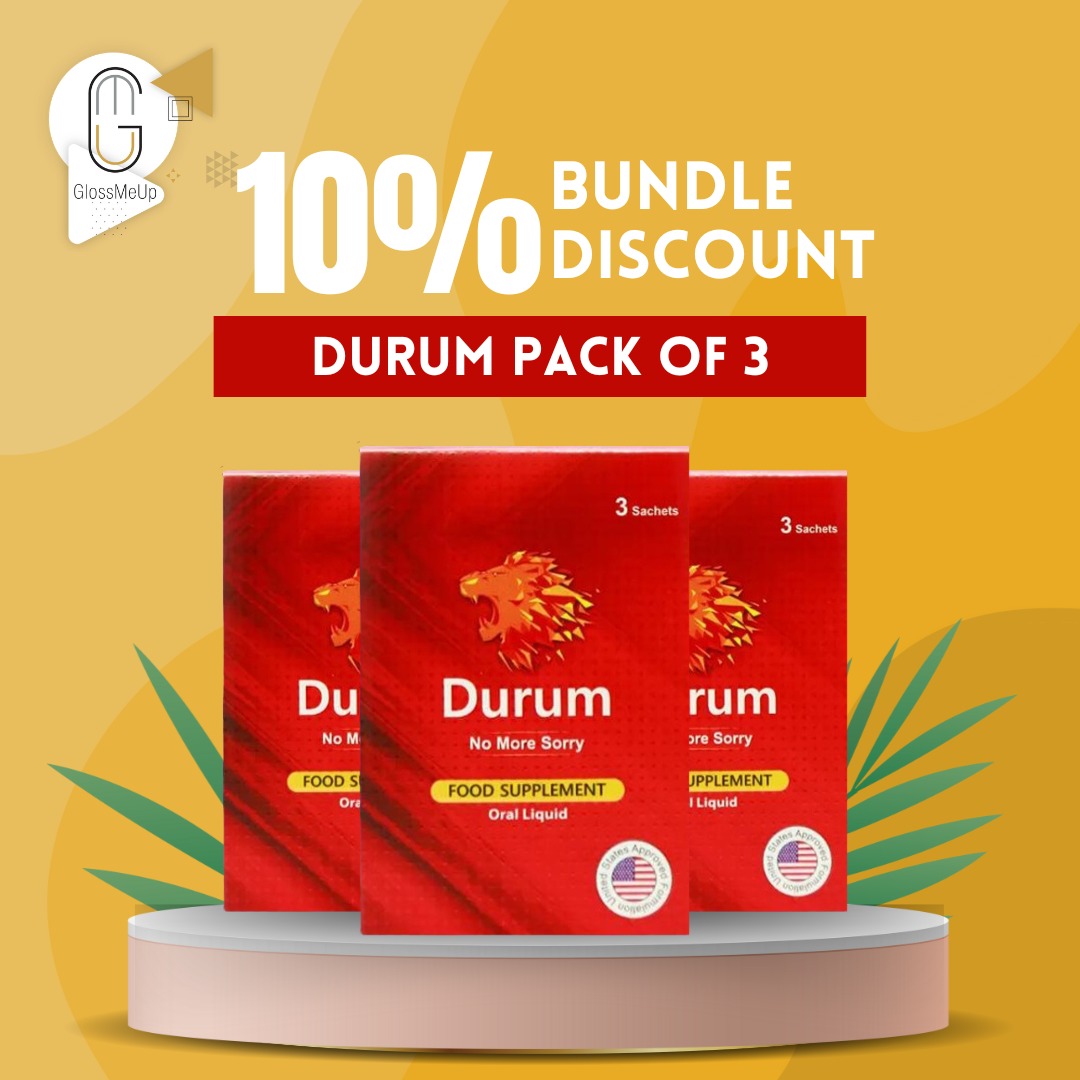

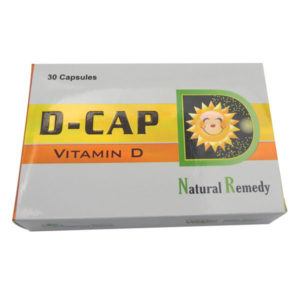
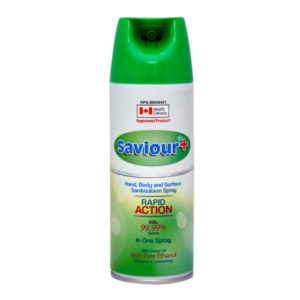


Umair –
Main ne 2 months phle buy ki thi aur bht farq para meri performance pr. Mere stamina k liye bht effective nikli. Wife bhi khush hai. Abhi dubara order kr rha hun. Loyalty discount de dain :stuck_out_tongue:
Amir –
THank youu so muchh sirr…i uses it for some days as i had sexual problems…but after eats for a wekk it is functional now. please tell me how many more i eat…to have it permanently like this..
Zain Rana –
mjhe bht maza aya hai khaa kr
stiminaa bht ziada ho gya hay ab
Hamza –
I found TG Plus very effective. After using it for 3-4 days, I could actually feel the difference like feeling a lot of strength and didn’t feel any side effect as well.
Tahir Malik –
Sir bht achi product hai..bht energy ai. main ne aik pack lia tha…agay zarurat pari to aur bhi loon ga.